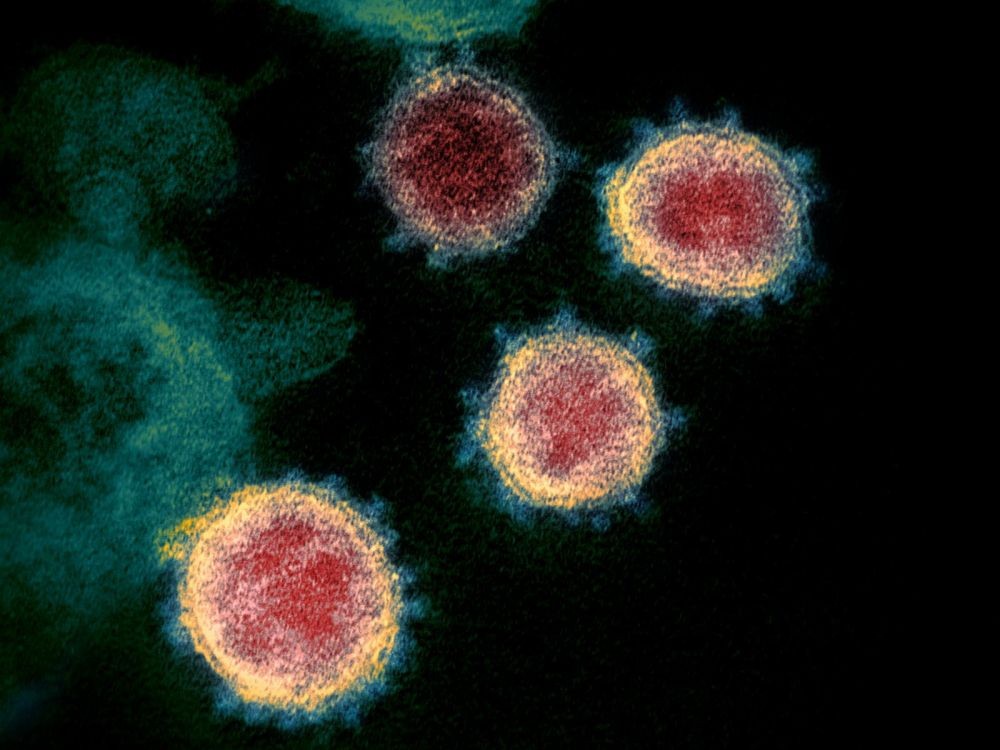British researchers have studied the origins of SARS-CoV-2. According to them, it would have appeared as early as September 2019 and probably outside the city of Wuhan. Indeed, there is talk of a first wave of human contamination well before December.
Coronavirus SARS-CoV-2 reportedly appeared in September 2019 . Moreover, the latter would not have made his first appearance within the city of Wuhan. This conclusion is that of a study conducted by the University of Cambridge (UK), cited by an article from the Hong Kong daily newspaper South China Monring Post published on April 17, 2020. Obviously, the results goagainst what is officially announced , namely that the Covid-19 was born in a market in Wuhan in December 2019.
The team led by geneticist Peter Forster analyzed strains of SARS-CoV-2 through a phylogenetic network. This is a mathematical algorithm to obtain a mapping of the global movement of the virus thanks to the mutation of its genes. Scientists have announced a range for the first wave of human contamination. This would have occurred between September 13 and December 7, 2019. Nevertheless, scientists estimate that the virus could have mutated into its original form months – or even years – before this time.

It turns out that the researchers have not yet been able to determine the location of patient zero. However, they are almost certain that the virus made its first contaminations in areas located south of the city of Wuhan and not in Wuhan itself. In addition, SARS-CoV-2 shares 96% of its genes with a coronavirus isolated by Chinese researchers in 2013. The latter had been found in bat feces in Yunnan province. At the rate of about one mutation per month, SARS-CoV-2 would have stayed inside a bat, another animal or even a human without infecting anyone, before evolving. to a highly adaptive version capable of causing a human pandemic.
Peter Forster's team has already published a study in the journal PNAS on March 30, 2020. This examined the first 160 strains obtained after the end of the month of December 2019. In their new study, the researchers say they have expanded the database to include 1001 complete genome sequences.
Finally, it is necessary to specify that the new study referred to here has not yet been verified . Moreover, the method integrating phylogenetic networks seems to be a method with its limits. It is therefore best to wait for other researchers to verify the study before supporting or refuting its conclusions.